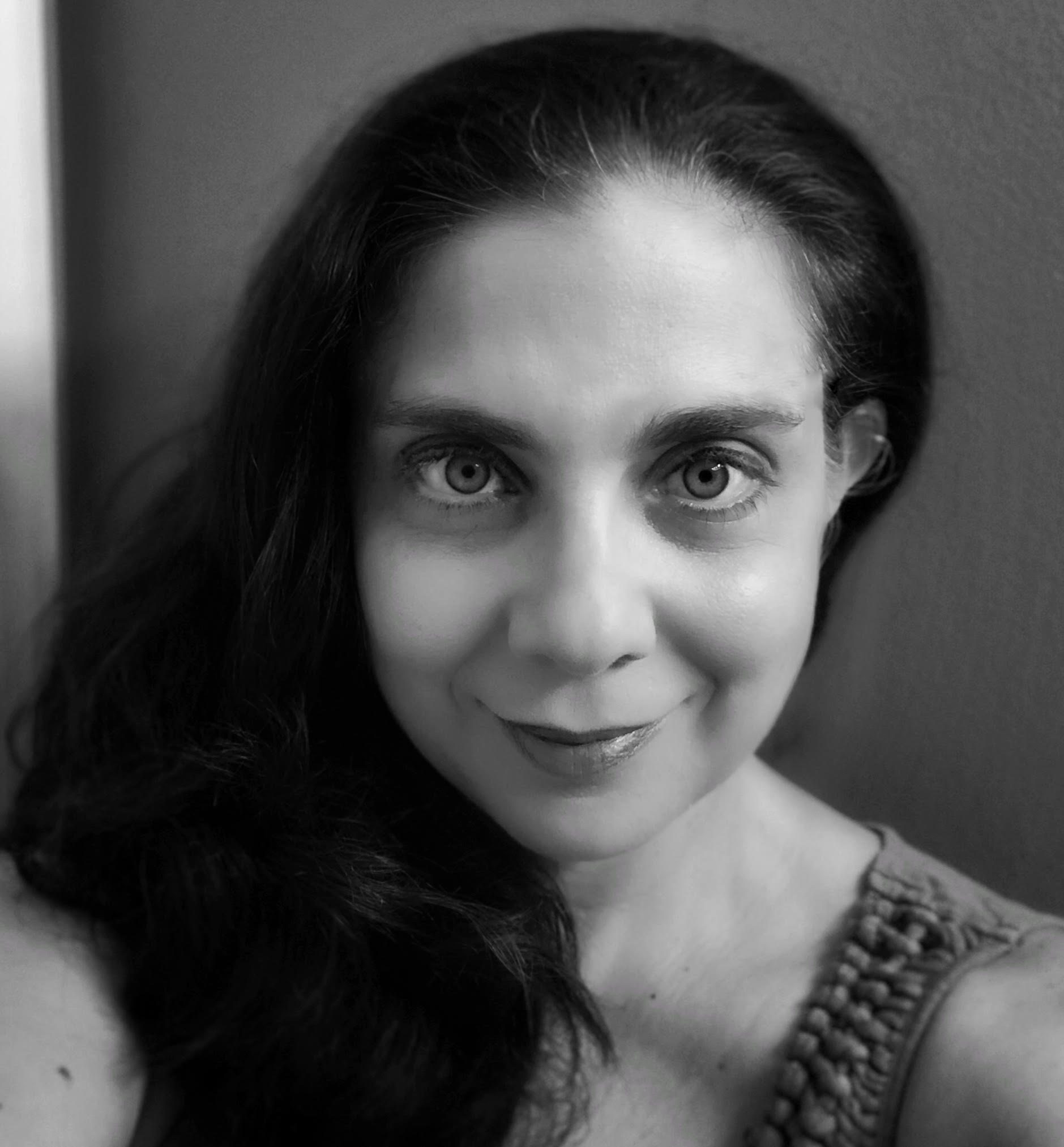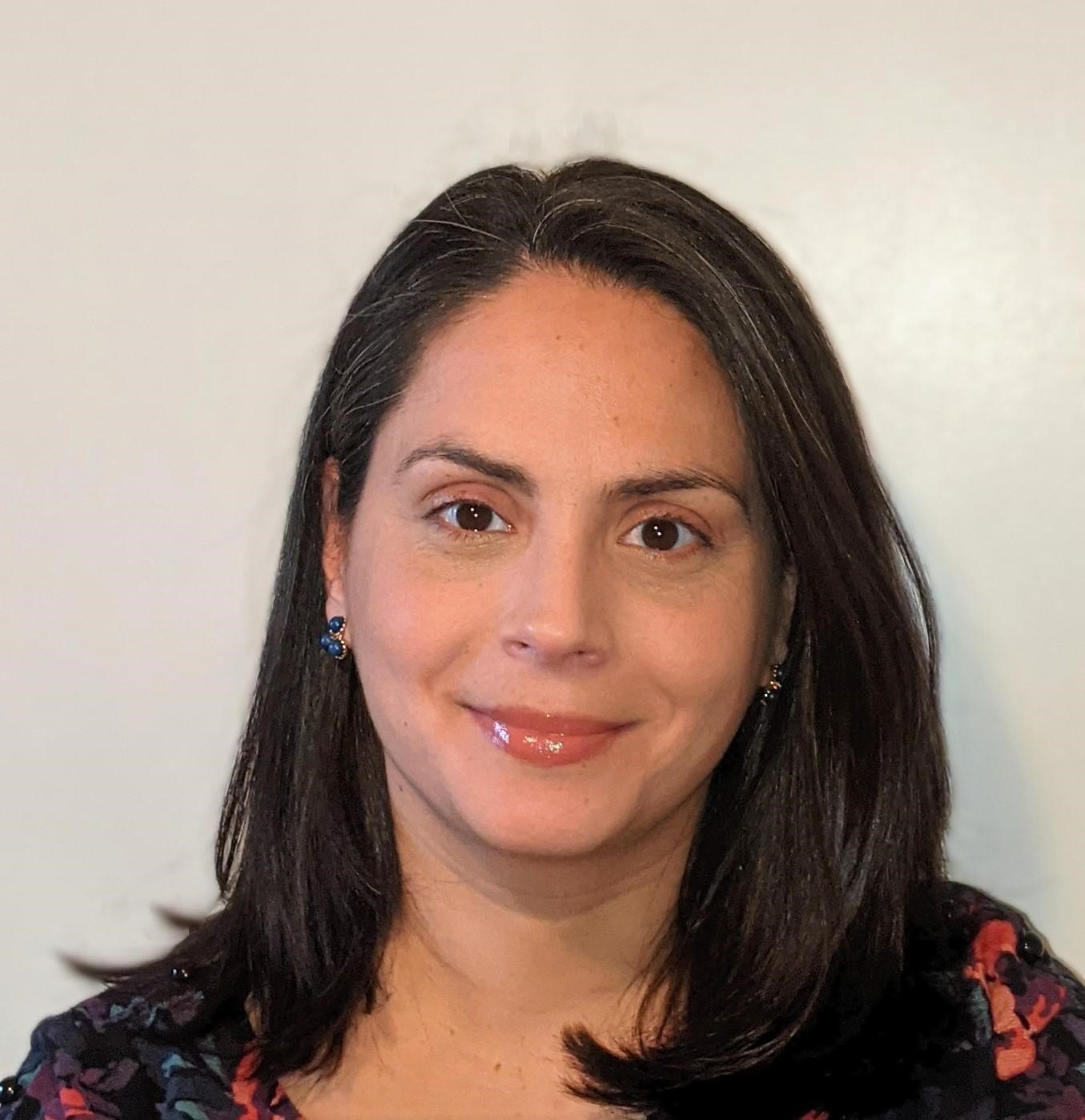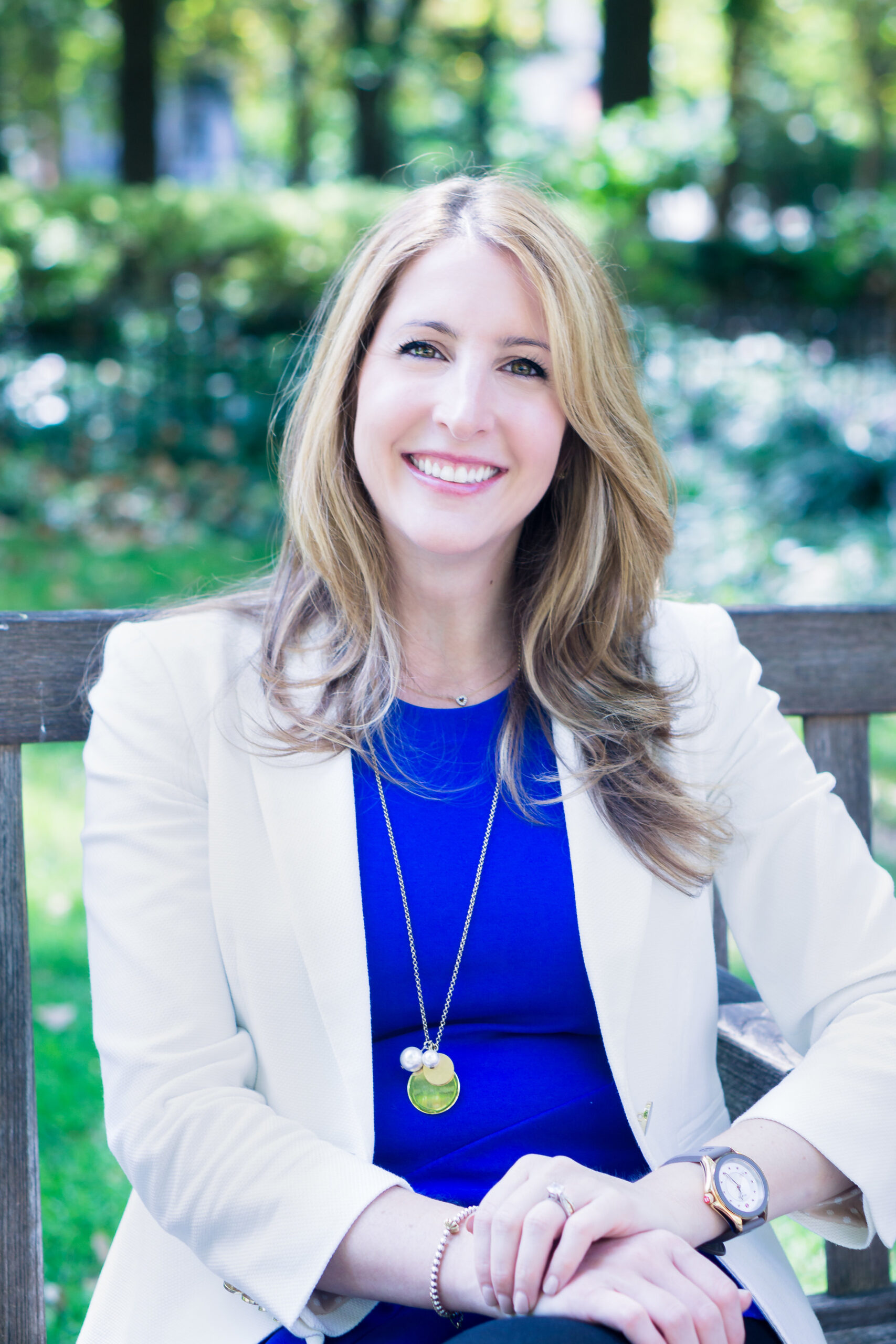Get Involved

 Become a Thought Partner
Become a Thought Partner
Partner with us to produce thought leadership that moves the needle on behavioral healthcare.
 Other options to get involved
Other options to get involved

Thank you!
We received your information and will be in contact soon!
Get Involved

 Grantmaking
Grantmaking
We fund organizations and projects which disrupt our current behavioral health space and create impact at the individual, organizational, and societal levels.
 Participatory Funds
Participatory Funds
Our participatory funds alter traditional grantmaking by shifting power
to impacted communities to direct resources and make funding decisions.
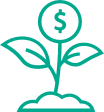 Special Grant Programs
Special Grant Programs
We build public and private partnerships to administer grant dollars toward targeted programs.
 Program Related Investments
Program Related Investments
We provide funds at below-market interest rates that can be particularly useful to start, grow, or sustain a program, or when results cannot be achieved with grant dollars alone.
Get Involved

 Tia Burroughs Clayton, MSS
Tia Burroughs Clayton, MSS
Learning and Community Impact Consultant
Add some text here
 Alyson Ferguson, MPH
Alyson Ferguson, MPH
Chief Operating Officer
Contact Alyson about grantmaking, program related investments, and the paper series.
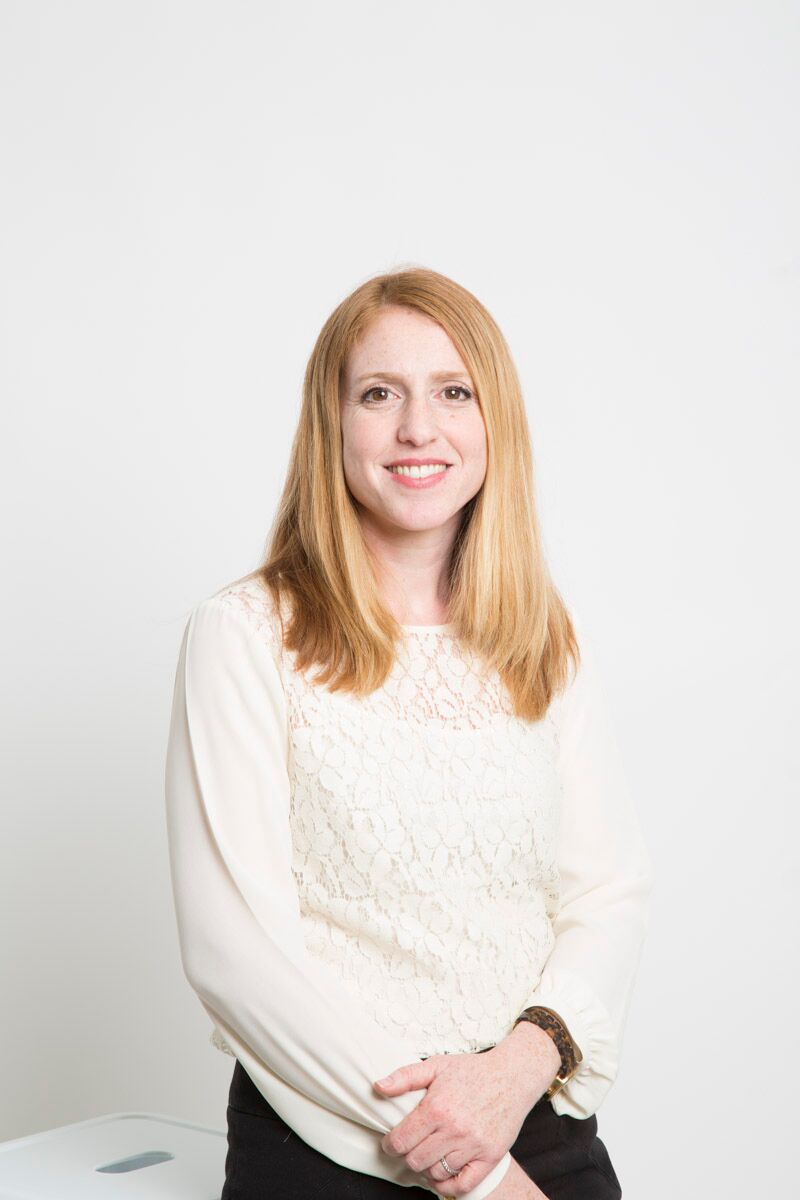 Samantha Matlin, PhD
Samantha Matlin, PhD
Senior Learning & Community Impact Consultant
Contact Samantha about program planning and evaluation consulting services.
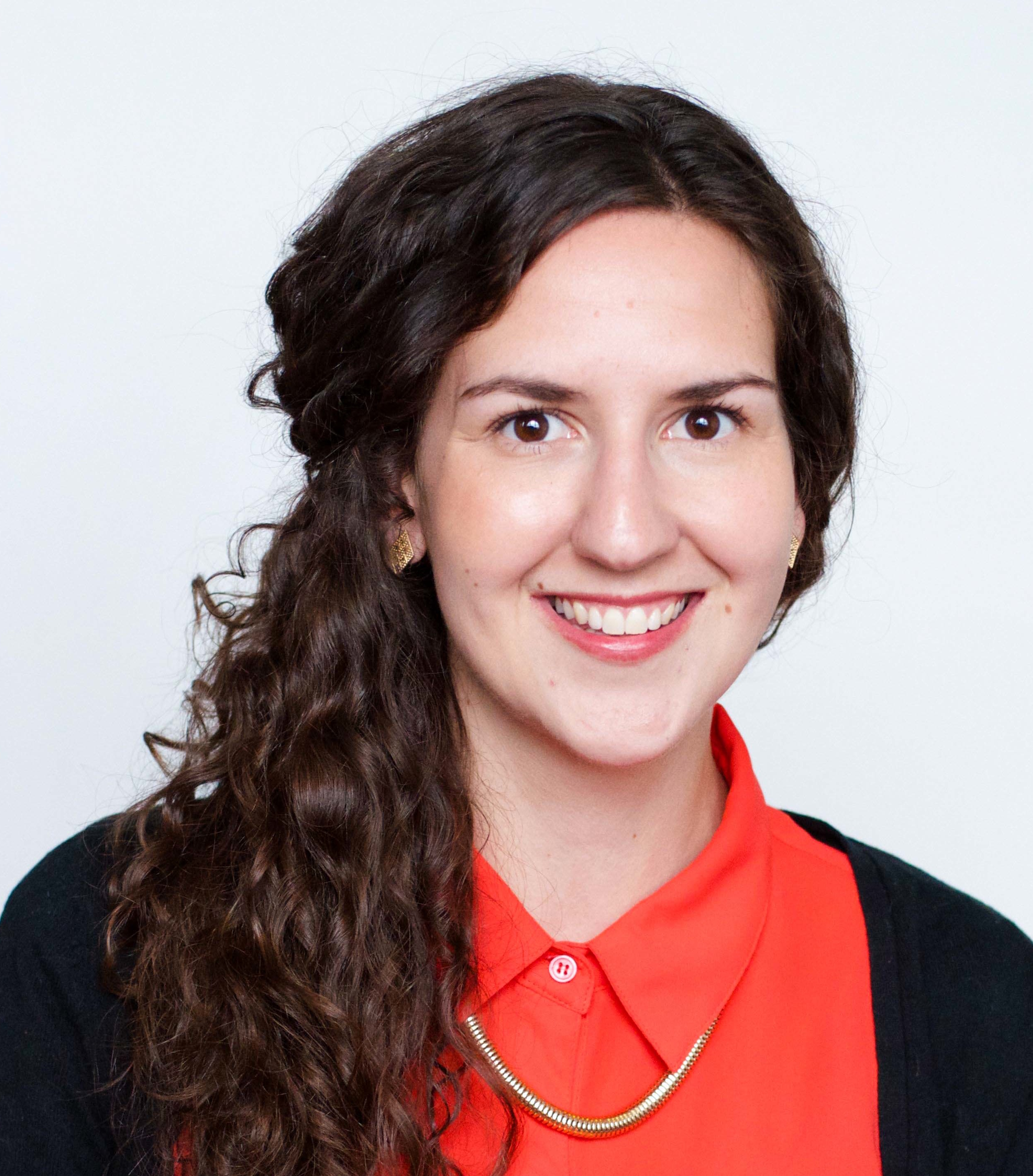 Caitlin O'Brien, MPH
Caitlin O'Brien, MPH
Director of Learning & Community Impact
Contact Caitlin about the Community Fund for Immigrant Wellness, the Annual Innovation Award, and trauma-informed programming.
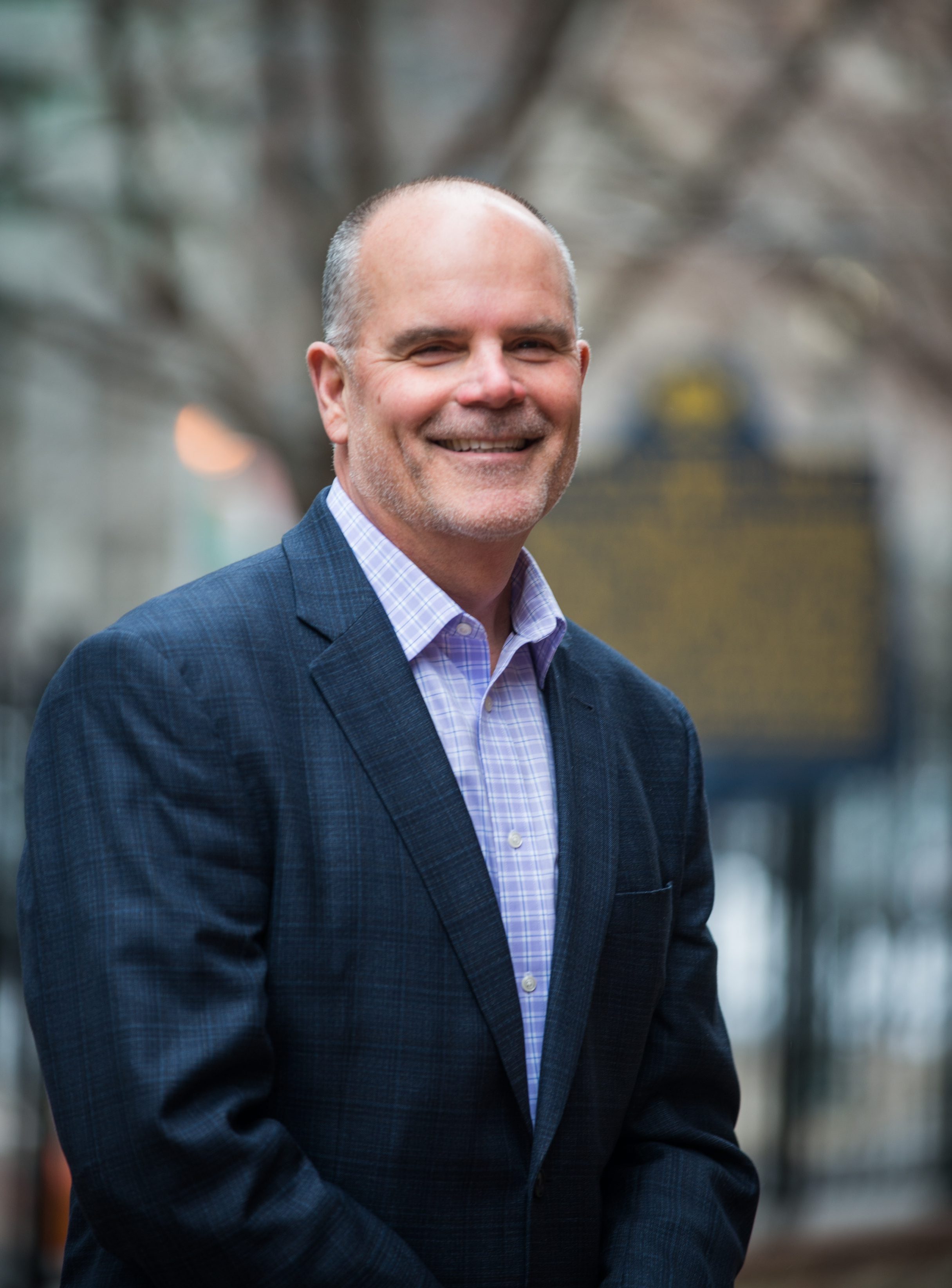 Joe Pyle, MA
Joe Pyle, MA
President
Contact Joe about partnership opportunities, thought leadership, and the Foundation’s property.
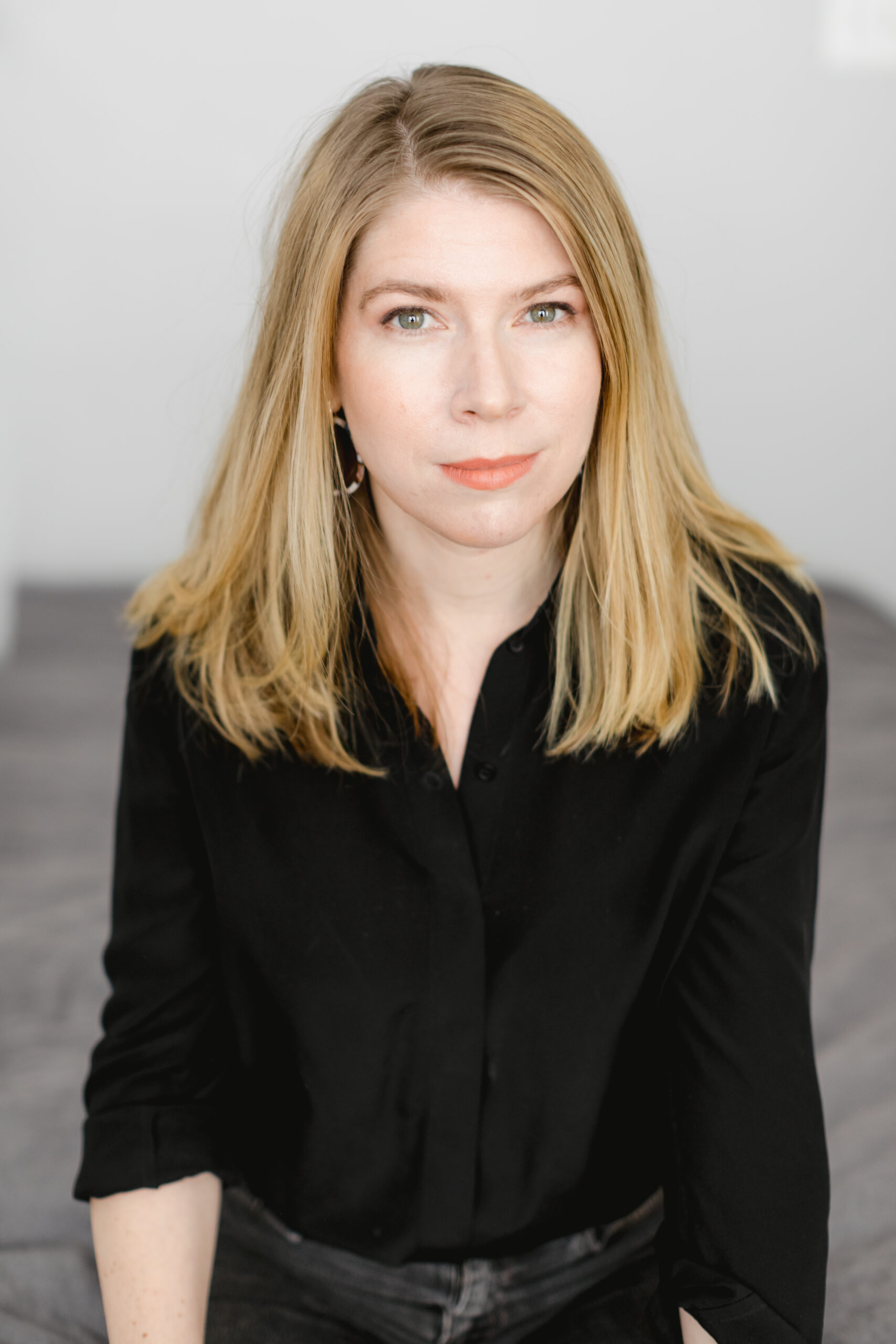 Bridget Talone, MFA
Bridget Talone, MFA
Grants Manager for Learning and Community Impact
Add some text here
Active Minds
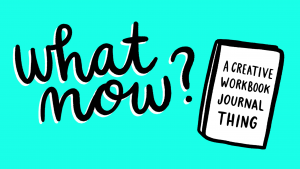
Program Website
Year:
2017State:
District of ColumbiaWinner Status:
ApplicantProgram Type:
Symptom Management and Treatment AdherenceTarget Population:
AdultsSetting:
CommunityProgram Description
“What Now? A Creative Workbook Journal Thing” is a book featuring creative prompts to help users process and express emotions in a visual, cheeky way. It’s organized into four sections by core emotion, along with information about deciphering what emotion you’re feeling. The prompts in the journal draw influence from several existing therapeutic approaches and theories, but mainly from the skills and philosophy of Dialectical Behavior Therapy (DBT). DBT is a treatment model that centers around mindfulness, emotional regulation, distress tolerance, and interpersonal effectiveness. At its core, DBT is rooted in validation and in the synthesis of acceptance and change. While this journal doesn’t substitute for treatment, it is a tool for those with mental illness, as well as those without it. The goal of the journal is to help people- especially young adults- improve emotional regulation, build resilience, and increase help-seeking.
Creativity
“What Now?” is unique because it combines therapeutic approaches and ideas with approachable voice and design. It fills the gap that exists in the self-help genre by integrating the clinical and creative. The book draws influence from art therapy and dialectical behavior therapy to form a useful, fun journal that gives users the ability to self-regulate, cope, and express emotions. The voice of the book also helps to destigmatize self help and help-seeking in general. Most self help workbooks and guided journals that exist today have a high emphasis on writing. “What Now?” takes a different approach in encouraging all forms of art and expression on the pages.
Leadership
“What Now?” will open the door to a new kind of self-help workbook and guided journal. It will give new life to the more traditional approach of workbooks, and bring the clinical base into the creative approach of journals. Others can help to populate this new genre by creating other books, journals, worksheets, and more that use this same integration of the clinical and creative. Organizations can also emulate the innovation through harnessing the style of approach and infusing it into their work and products. Information about “What Now?” is disseminated through the Active Minds Emerging Scholars program, as well as through other networks and avenues such as The Mighty, mental health advocates, and online.
Sustainability
Currently, Active Minds and the Scattergood Foundation are supporting the project through the Active Minds Emerging Scholars program. There have been conversations about how the book can be used and even translated into different forms to broaden the reach, which I am definitely interested in. With this grant, I would aim to get the book distributed into stores and online. I also would look into partnering further with Active Minds and/or the Scattergood Foundation to target the college population.
Replicability
The book can be adapted by other institutions or organizations into many different forms. If an organization wanted to use the prompts from my book, I would work with them to create something that best fits their needs. For example, some of the pages from the journal could be dispersed throughout a school planner or notebook that Universities give out to students. The most replicable thing in this project, however, is the style and idea of the synthesis of creativity and clinical, art and self-help, out of the box and therapeutic. That idea and approach is something that other organizations and institutions can harness in the creation of their own programs, projects, and products.
Results/Outcomes
The outcomes so far are increased interest in the book, mental health professionals pre-ordering the book to use with clients, and support from mental health organizations and advocates. The predicted outcomes are improved emotional regulation, increased resilience, and capability to cope with difficult emotions. This will be achieved through building mastery, continued use of the journal, ability to express in an alternative way, and through realization that one can work through stressors and feelings on their own with this tool.






